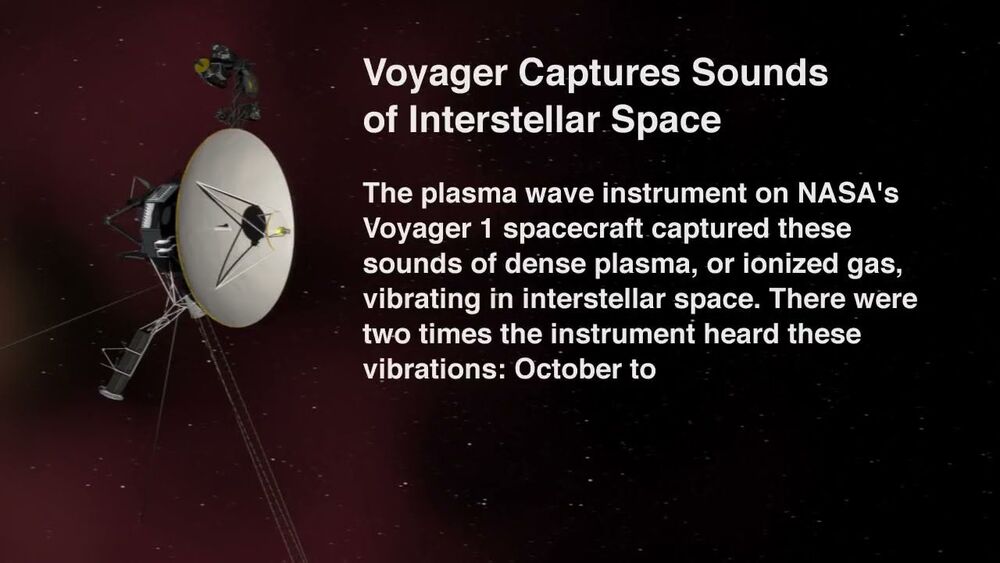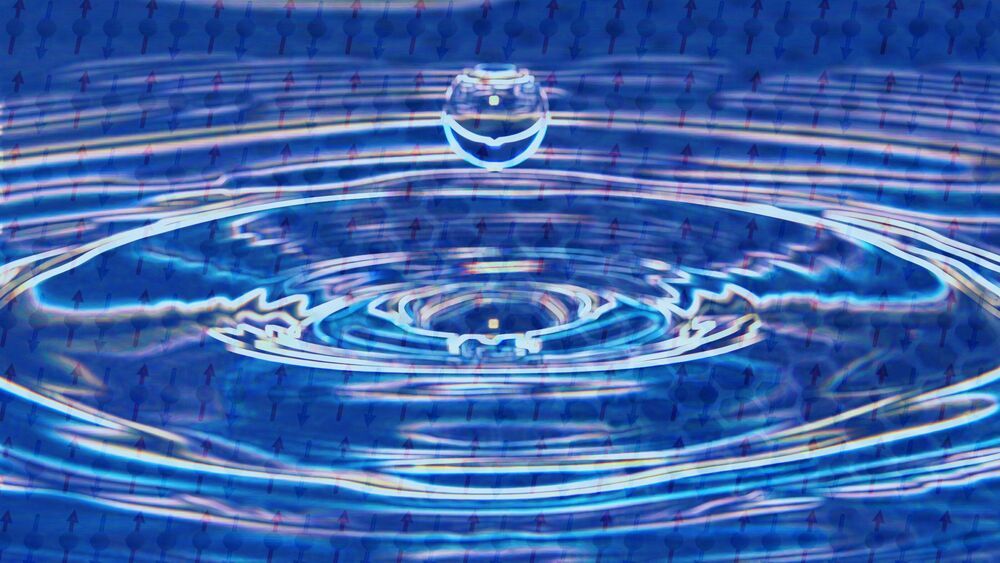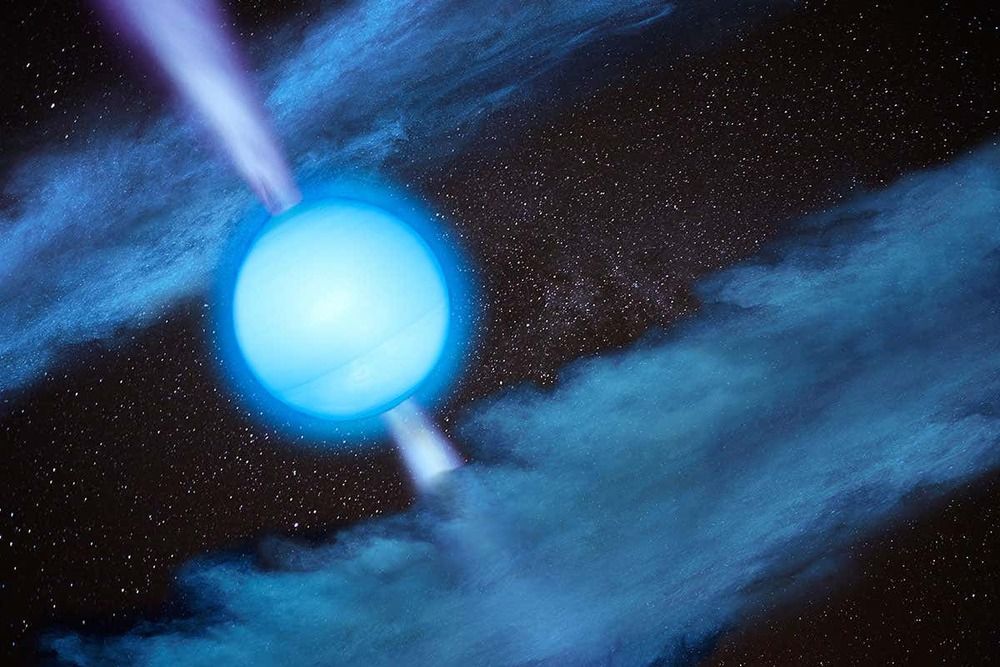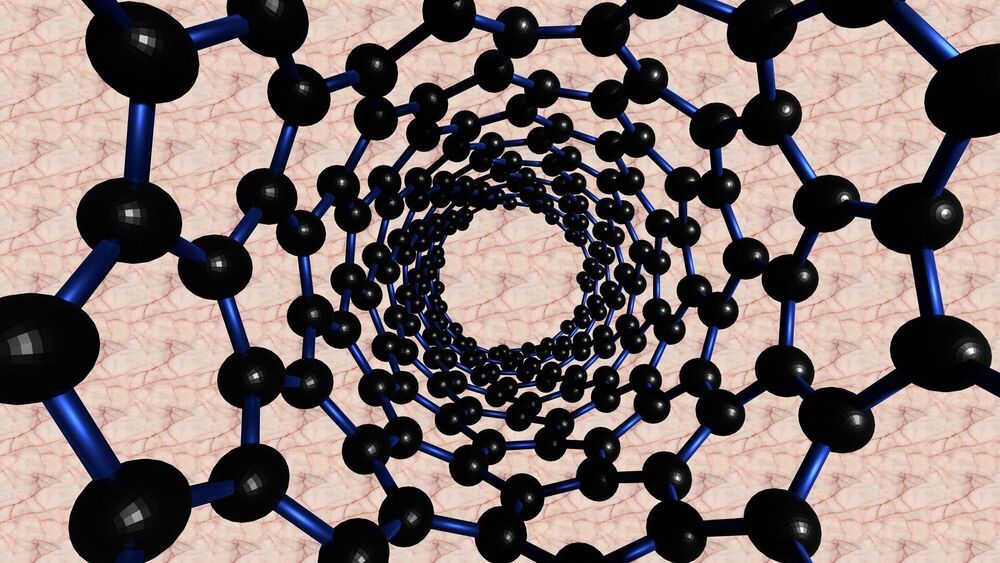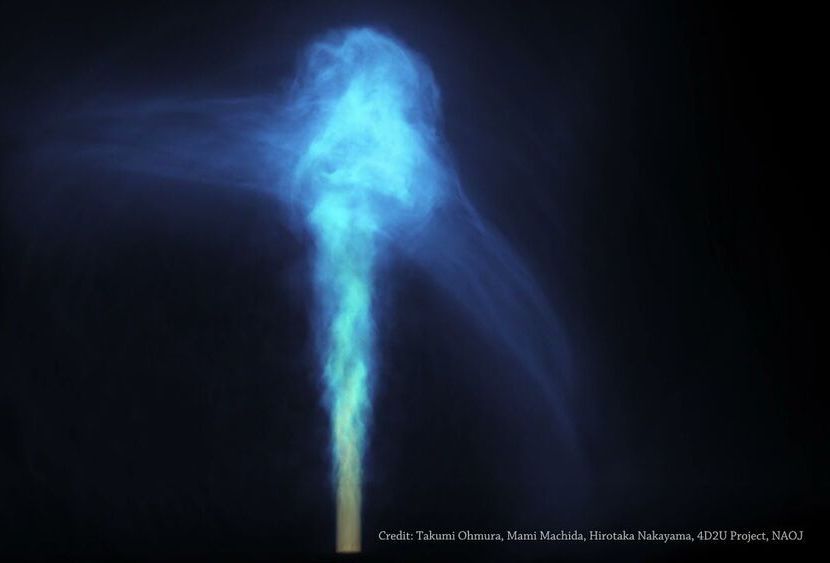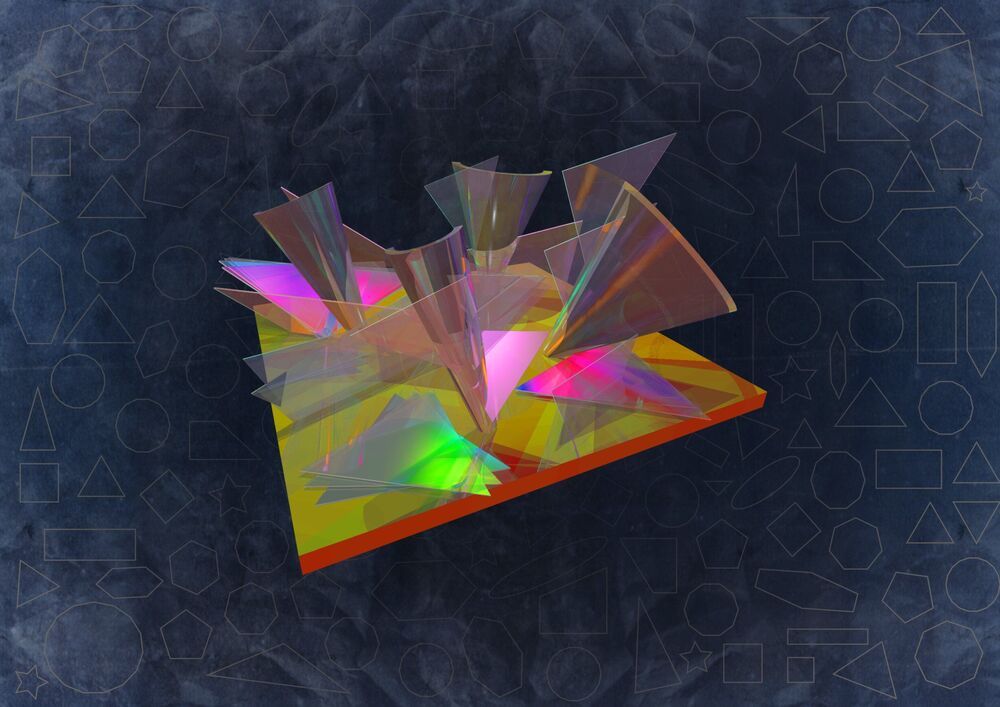May 13, 2021
Something’s Up In Switzerland: Explaining The B Meson News From The Large Hadron Collider
Posted by Genevieve Klien in categories: particle physics, quantum physics
Particle physics is a field of extremes. Scales always have 10really big number associated. Some results from the Large Hadron Collider Beauty (LHCb) experiment have recently been reported that are statistically significant, and they may have profound implications for the Standard Model, but it might also just be a numbers anomaly, and we won’t get to find out for a while. Let’s dive into the basics of quantum particles, in case your elementary school education is a little rusty.

